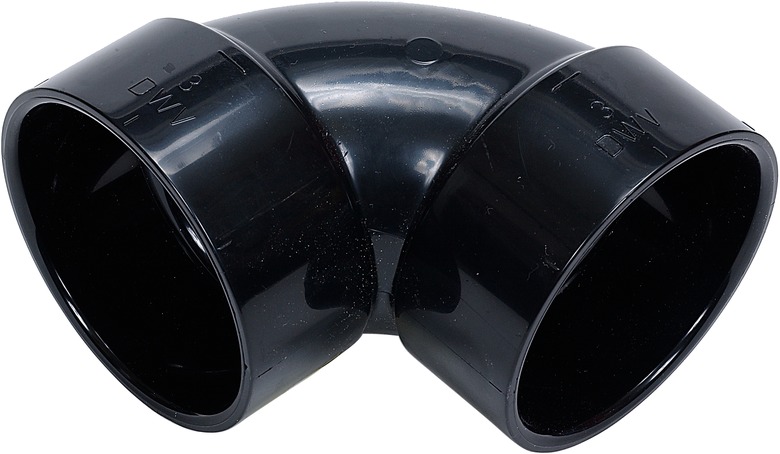How To Do A 45 Rolling Offset
A rolling offset is the length that connects two disjointed pipes. A 45 rolling offset is this length of piping that you need when you use 45-degree connectors, the most common connector type. This length forms the hypotenuse of a triangle whose other sides are the true offset, which is the perpendicular diagonal between the pipes, and a third measurement called the setback. Calculate the rolling offset using the Pythagorean theorem and trigonometry.
Step 1
Measure the pipes' offset, which is the horizontal distance between their center lines. For example, suppose that two pipes have an offset of 14 inches.
Step 2
Square the offset. With this example, square 14, giving 196 square inches.
Step 3
Measure the pipes' rise, which is the vertical distance between their center lines. For example, suppose that the rise is 10 inches.
Step 4
Square the rise. With this example, square 10, giving 100 square inches.
Step 5
Add the two squared values together. 196 plus 100 gives 296 square inches.
Step 6
Find the square root of this sum. The square root of 296 is 17.2 inches.
Step 7
Divide this length by 0.707, which is the cosine of 45. 17.2 divided by 0.707 is 24.33, or 24 1/3 inches. This is the pipes' rolling offset.
Cite This Article
MLA
Menezes, Ryan. "How To Do A 45 Rolling Offset" sciencing.com, https://www.sciencing.com/how-12146062-45-rolling-offset/. 7 August 2017.
APA
Menezes, Ryan. (2017, August 7). How To Do A 45 Rolling Offset. sciencing.com. Retrieved from https://www.sciencing.com/how-12146062-45-rolling-offset/
Chicago
Menezes, Ryan. How To Do A 45 Rolling Offset last modified March 24, 2022. https://www.sciencing.com/how-12146062-45-rolling-offset/
